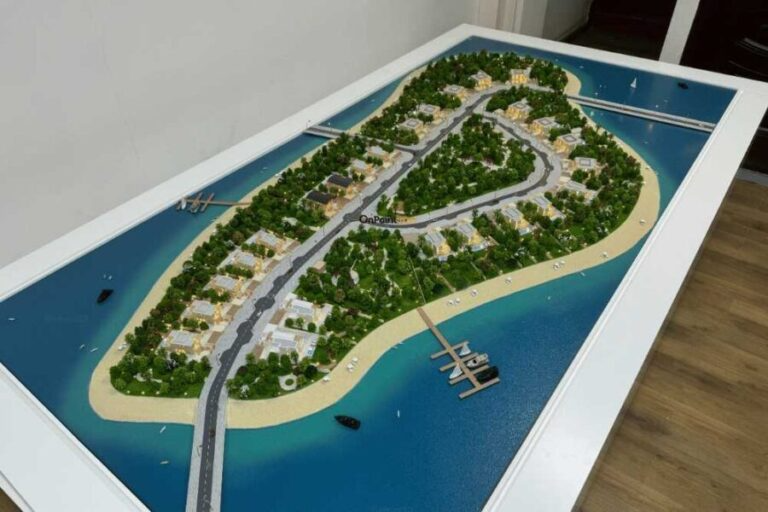
Architectural model makers play a vital role in the architectural design process by translating abstract concepts and ideas into tangible, three-dimensional representations. Their work involves creating accurate and detailed scale models of architectural designs, providing architects, clients, and stakeholders with visual aids to understand and evaluate proposed buildings and spaces.
Interpret design plans:
Architectural model makers in UAE start by interpreting architectural plans, drawings, and specifications provided by architects and designers. They analyze the design intent, spatial arrangements, and structural elements to understand how to accurately represent the proposed building or space in model form.
Scale modeling:
Using their expertise in scale and proportion, architectural model makers create scaled-down replicas of architectural designs. They carefully calculate and measure dimensions, converting real-world measurements into appropriate scale ratios such as 1:50 or 1:100. This ensures that the model accurately reflects the size, shape, and layout of the actual building or space.
They select suitable materials:
Architectural model makers select suitable materials for constructing the model based on factors such as scale, budget, and desired aesthetic. Common materials used in model making include foam board, cardboard, wood, plastic, metal, and various types of adhesives. They consider the properties of each material, such as durability, workability, and texture, to achieve the desired look and feel of the model.
Model construction:
Using a combination of handcrafting and precision tools, architectural model makers construct the model according to the design specifications. They cut, shape, assemble, and glue together various components to build architectural elements such as walls, floors, roofs, windows, and doors. Attention to detail is crucial during this phase to ensure accuracy and realism in the final model.
Detailing and finishing:
Architectural model makers add intricate details and finishes to the model to enhance its realism and visual appeal. This may include painting, staining, texturing, and weathering surfaces to simulate materials such as brick, stone, wood, and metal. They also incorporate landscaping features, furniture, people, and other contextual elements to bring the model to life and create a sense of scale and context.
Presentation and communication:
Once the model is completed, architectural model makers assist architects and designers in presenting the model to clients, stakeholders, and decision-makers. They participate in meetings, presentations, and design reviews, providing explanations and insights into the model’s features, design concepts, and spatial relationships. Their expertise in model making helps facilitate clear communication and understanding of the proposed architectural design.




